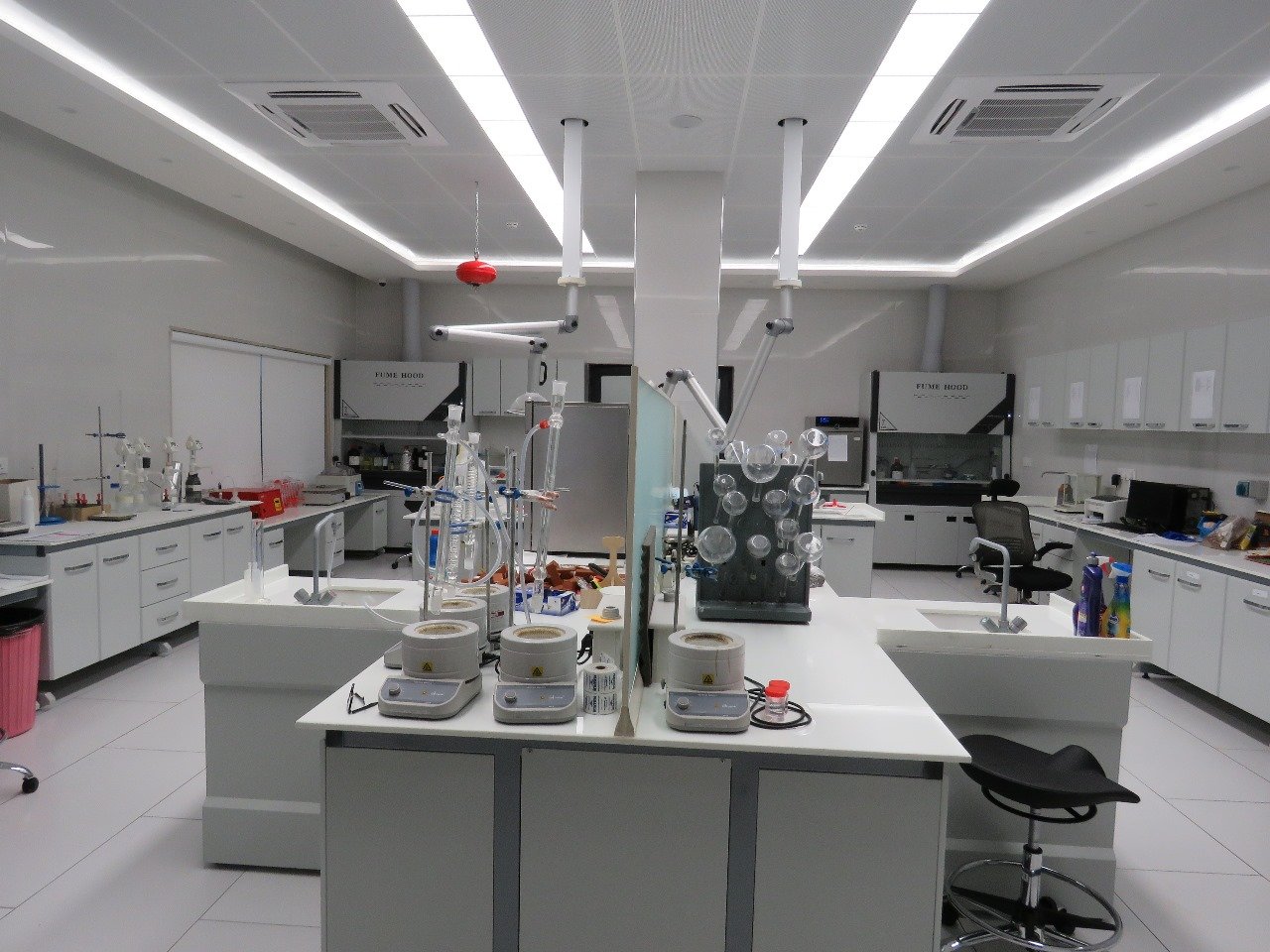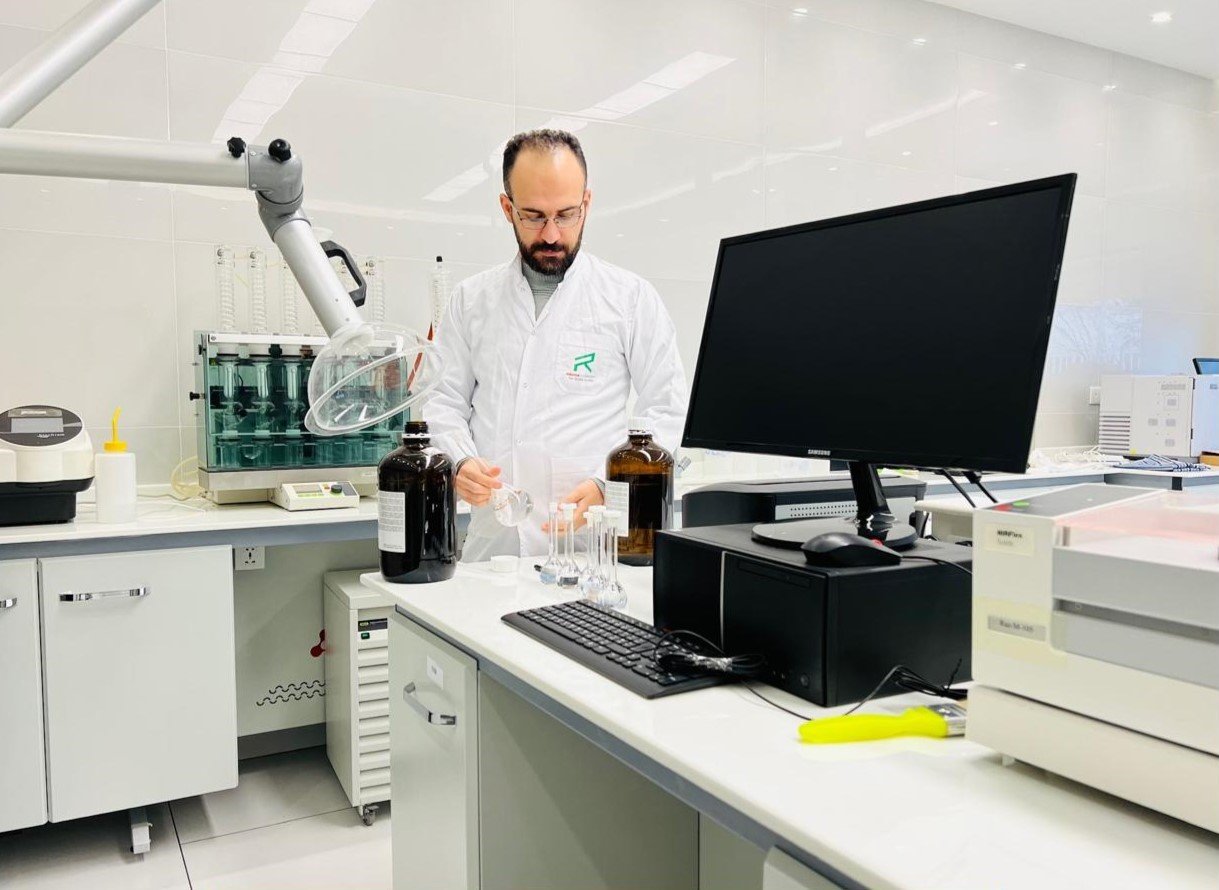What's new in food chemistry analysis?
Recent advancements in food chemistry have profoundly impacted the food quality control sector,
enhancing our ability to ensure food safety, quality, and authenticity. Cutting-edge research and
technological innovations are driving this progress, providing new tools and methods to monitor
and improve food products. One significant development in food chemistry is the application of
high-resolution mass spectrometry (HRMS). HRMS allows for precise detection and quantification
of chemical contaminants, including pesticides, mycotoxins, and food additives. This technology
offers unparalleled sensitivity and accuracy, enabling the identification of trace contaminants
that could pose health risks. By detecting these substances at very low concentrations,
HRMS helps ensure that food products comply with stringent safety regulations. Another
notable advancement is the use of nuclear magnetic resonance (NMR) spectroscopy in food
quality control. NMR spectroscopy provides detailed information about the molecular
composition of food products, facilitating the detection of adulteration and authentication
of ingredients. For example, NMR can differentiate between natural and synthetic flavors, identify
the geographic origin of products, and verify the authenticity of premium goods like olive oil and wine.
This level of scrutiny helps protect consumers from fraudulent practices and maintains the integrity of
the food supply chain. The incorporation of chemometrics, the application of mathematical and statistical
methods to chemical data, has also revolutionized food quality control. Chemometrics enables the analysis
of complex datasets obtained from techniques like HRMS and NMR. This approach enhances the ability to
identify patterns and correlations, leading to more accurate assessments of food quality and safety.
Advancements in food chemistry have also improved the monitoring of food freshness and shelf life.
Techniques such as electronic noses and tongues, which mimic human sensory systems, are now used
to detect spoilage indicators and evaluate the sensory attributes of food. These tools provide
real-time assessments, allowing for better inventory management and reducing food waste. In conclusion,
the latest scientific advancements in food chemistry are transforming food quality control.
Technologies like high-resolution mass spectrometry, nuclear magnetic resonance spectroscopy,
chemometrics , and electronic noses and tongues are enhancing our ability to ensure food safety,
quality, and authenticity. These innovations are crucial for protecting consumers, maintaining
regulatory compliance, and supporting the food industry's commitment to excellence.
What's new in food chemistry analysis? Recent advancements in food chemistry have profoundly impacted the food quality control sector,
enhancing our ability to ensure food safety, quality, and authenticity. Cutting-edge research and technological innovations are driving this progress,
providing new tools and methods to monitor and improve food products. One significant development in food chemistry
is the application of high-resolution mass spectrometry (HRMS). HRMS allows for precise detection and quantification
of chemical contaminants, including pesticides, mycotoxins, and food additives. This technology offers unparalleled
sensitivity and accuracy, enabling the identification of trace contaminants that could pose health risks.
By detecting these substances at very low concentrations, HRMS helps ensure that food products comply with stringent safety regulations.
Another notable advancement is the use of nuclear magnetic resonance (NMR) spectroscopy in food quality control.
NMR spectroscopy provides detailed information about the molecular composition of food products,
facilitating the detection of adulteration and authentication of ingredients. For example,
NMR can differentiate between natural and synthetic flavors, identify the geographic origin of products,
and verify the authenticity of premium goods like olive oil and wine. This level of scrutiny
helps protect consumers from fraudulent practices and maintains the integrity of the food supply chain. In conclusion,
the latest scientific advancements in food chemistry are transforming food quality control.
Technologies like high-resolution mass spectrometry, nuclear magnetic resonance spectroscopy,
chemometrics, and electronic noses and tongues are enhancing our ability to ensure food safety,
quality, and authenticity. These innovations are crucial for protecting consumers,
maintaining regulatory compliance, and supporting the food industry's commitment to excellence.





